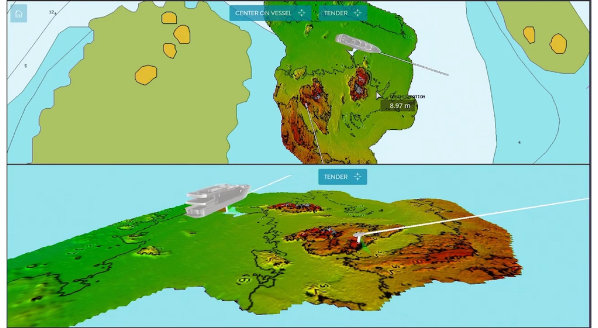Navigating in uncharted waters
WASSP Multibeam Sonar allows captains to explore more safely than ever before…
As superyachts continue to grow in size, as well as becoming more adventurous in terms of the areas in which they are choosing to cruise, it is becoming increasingly important that, when exploring uncharted waters, the mothership can generate her own navigational data to ensure her safe passage. WASSP Multibeam Sonar allows captains and owners to have far greater control than ever before over where they wish to explore.
“WASSP is a sonar system that measures the depth below the waterline of a particular vessel, whether that is a superyacht, tender, survey boat or other. The difference between WASSP technology and standard echo-sounder technology is that it produces multiple beams to measure the depth spread over 120-degrees from port to starboard using 224 depth/position points, providing a far greater map of the seafloor. Once the data points are collected they are transmitted to the bridge via a wireless link and overlaid on existing electronic chart systems to provide a detailed 3D or 2D map of the seafloor, allowing the captain or user to spot wrecks, rocks, reefs or any other potential uncharted hazards,” states Justin Kiel, regional sales manager EMEA at WASSP Europe.
While traditional ECDIS and electronic chart systems overlaid with GPS positioning are perfectly adequate for most superyacht cruising in known areas, they simply fall short when vessels opt to explore low-traffic, uncharted areas.
In these instances, you will find that traditional charts and common technologies only highlight the most basic of information, such as the outlines of landmasses. The problem then occurs that, should a superyacht want to explore a fjord or lagoon, they will not be able to tell whether or not their passage to the desired area is safe. Indeed, even when using typical forward-looking sonar systems, the field of view is extremely limited in its scope.
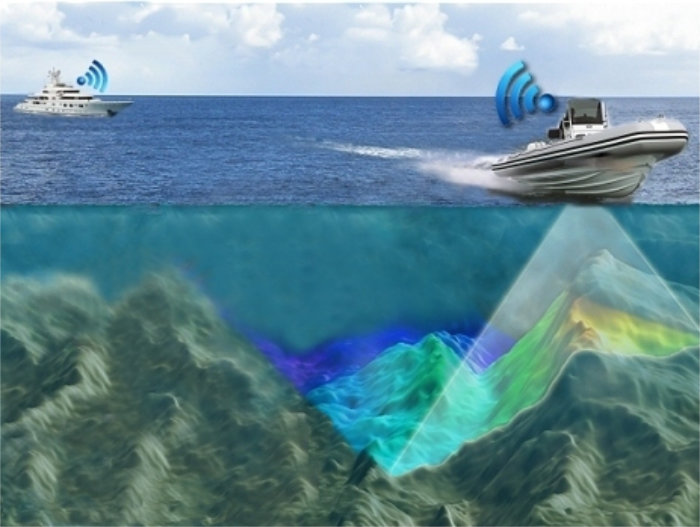
“Some years ago we had a request from a superyacht to harness WASSP technology to map the seafloor in front of the mothership in real-time,” continues Kiel. “They had found that forward-looking sonar fitted to the yacht was unable to look around corners as needed and to fit such a system required a significant refit. We decided, therefore, to fit a WASSP system to the tender rather than the yacht.”
By fitting the WASSP system to the tender rather than the mothership, the WASSP was able to create a seafloor mapping system that was far more versatile and accurate than anything else available to the superyacht market. With the tender able to enter fjords or lagoons ahead of the mothership and with no depth-related risk, the tender could map whole areas in short periods of time and, via a Wi-Fi connection, transmit the data points to the mothership in real-time, where they would be saved and overlaid on top of navigation systems. The colour-coded 3D and/or 2D image of the seafloor indicating the depth or bottom hardness (eg. sand, rock, mud etc.) would then enable the mothership to ascertain whether or not it was safe to travel in the area.
All of the information gathered by WASSP systems becomes proprietary to the superyacht using it and, as such, the real beauty of WASSP technology is that it can be scaled to suit the need of the client. Indeed, Kiel describes a client who owns a fleet of large vessels, all of which have WASSP systems on board their tenders. The various vessels are now sharing WASSP data so that they can safely explore the areas that their sisterships have travelled as well as adding to the data as they go. Equally, more than one tender per mothership can be fitted with WASSP technology to increase the efficiency of mapping areas.
The detailed seafloor maps generated can also be used for submarine mission planning or locating the best dive and fishing spots for the guest.
Such has been the popularity of WASSP systems over the last two years they have been available to the superyacht market, a number of the most renowned tender manufacturers are now including the WASSP system as an initial specification option when speaking with clients.
Profile links
NEW: Sign up for SuperyachtNewsweek!
Get the latest weekly news, in-depth reports, intelligence, and strategic insights, delivered directly from The Superyacht Group's editors and market analysts.
Stay at the forefront of the superyacht industry with SuperyachtNewsweek
Click here to become part of The Superyacht Group community, and join us in our mission to make this industry accessible to all, and prosperous for the long-term. We are offering access to the superyacht industry’s most comprehensive and longstanding archive of business-critical information, as well as a comprehensive, real-time superyacht fleet database, for just £10 per month, because we are One Industry with One Mission. Sign up here.
Related news
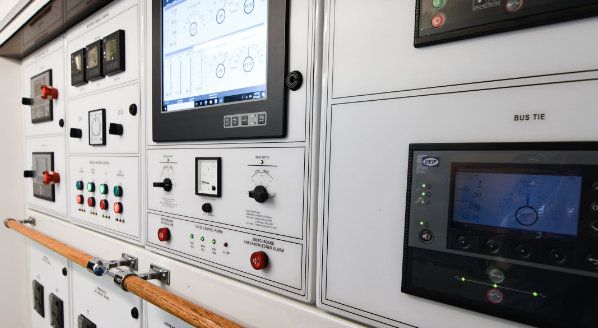
A balance between technology and efficiency
Ward’s Marine Electric’s switchboard automation system updates on-board power management quickly and easily
Technology
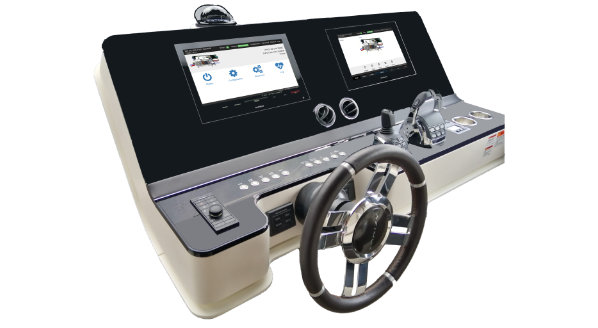
Bringing watermakers out of the engine room
HP Watermaker provides the only fully automated and integrated water system for superyachts
Technology
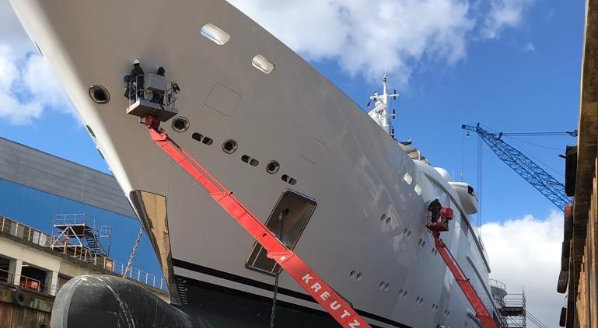
Never a dull moment
CeraShield’s Duplex system when applied at new build protects paint’s gloss far beyond its typical lifecycle
Technology
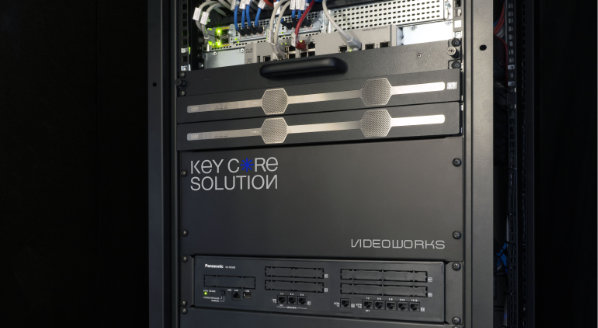
Rack centralisation with Videoworks’ Key Core Solution
Reduced space and energy consumption, as well as increased safety, with a new centralised rack arrangement
Technology
.jpg)
Treat your water right
Exploring HEM’s one-stop-shop solution for high-quality water treatment systems
Technology
Related news
A balance between technology and efficiency
5 years ago
Bringing watermakers out of the engine room
5 years ago
Never a dull moment
5 years ago
Treat your water right
5 years ago
NEW: Sign up for
SuperyachtNewsweek!
Get the latest weekly news, in-depth reports, intelligence, and strategic insights, delivered directly from The Superyacht Group's editors and market analysts.
Stay at the forefront of the superyacht industry with SuperyachtNewsweek


